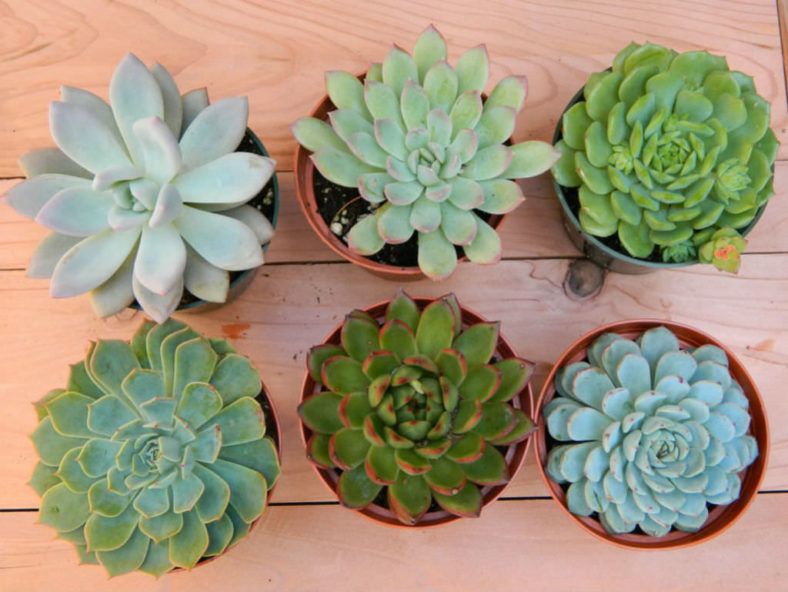Avid gardeners know that growing plants is a fine art. Many succulents are extremely hardy because they have fleshy parts in their structure to retain water, making them well-suited to dry areas that receive little rain. However, they still require tender care and careful maintenance to achieve a healthy appearance. Both novice and more experienced gardeners can benefit from tips that help them grow healthy succulents.
1. Use the Sun
Succulents may be hardy, but they still like plenty of sunlight because they are desert plants. Therefore, gardeners should always place succulents on a sun porch or greenhouse to get plenty of natural light. If growing them indoors, they should be placed as close to a large window as possible, and ideally, one that faces the direction that the sun rises for maximum exposure.
2. Take Succulents Outside
A lack of sunlight is the biggest threat to plants, including succulents. If gardeners want to grow succulents indoors but find that an acceptable level of the sun is not reaching the plants, they should move them outside for a couple of days each week. This helps succulents to reach their full potential.
3. Give Succulents Some Space
As sunlight is important to succulents, allowing the plants ample breathing space is essential to remain healthy. It is important to move succulents if there is any danger that other plants may block precious sunlight. Placing succulents in a separate area is another solution.

4. Ease off Pruning
Succulents grow slowly, and many never require any pruning. Therefore, gardeners should allow their plants to grow naturally and use secateurs only when necessary. For example, when space is at a premium, the foliage from one succulent prevents sunlight from reaching another plant.
5. Put Down the Watering Can
Contrary to popular belief, succulents need no more water than other plants and often require less than others popular in temperate climates. Their thick stems and leaves store water efficiently, so they often need less frequent watering. In general, gardeners should water succulents when they are visibly dry.
6. Pay Attention to Drainage and Fertilizer
The soil that works best for many plants is not always best for succulents, which thrive in porous soil that drains quickly and easily. Mixing ordinary healthy soil with sand at a ratio of around 30/70 ensures that the soil around the plant does not store too much water. Succulents also require less fertilizer than many other plants. A low-balanced soluble fertilizer delivered at half or a quarter of the quantity for ordinary plants is sufficient.
7. Choose Green Succulents
Succulents often prove to be a challenge for new gardeners, so it is always best to start by growing green succulents, such as cacti, Agaves, or Aloes. These are some of the hardiest succulents and do well indoors near a large window.
8. Kill Pests
As with all plants, pests can damage succulents quickly. Therefore, gardeners must check plants for insect infestation thoroughly and regularly and get rid of pests as quickly as possible. Watering sparingly is a good way to avoid gnats. A natural pesticide that is not harmful to houseplants is also beneficial.
9. Keep Succulents Warm
Succulents are easy to maintain and tolerant of drought, but healthy succulents do not survive even a light frost. As succulents are not suited to colder climates that sometimes occur in mountainous regions, gardeners in these areas must keep these plants indoors during winter.
10. Avoid Ornate Pots
Correct drainage and preventing water storage are vital for succulents, so ornate plant pots with no holes at the bottom can cause problems. Simple clay or plastic plant pots allow better drainage than glass or metal.
Source: ebay.com
Links
- Succupedia: Browse succulents by Scientific Name, Common Name, Genus, Family, USDA Hardiness Zone, Origin, or cacti by Genus